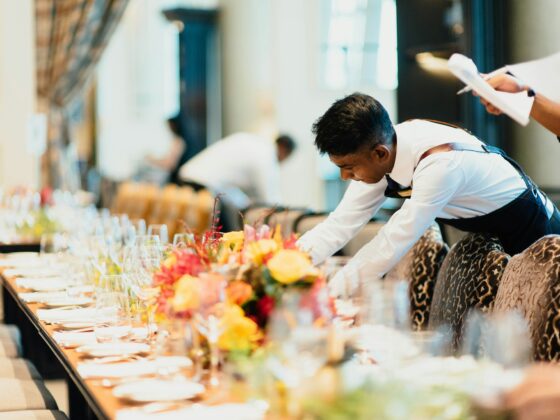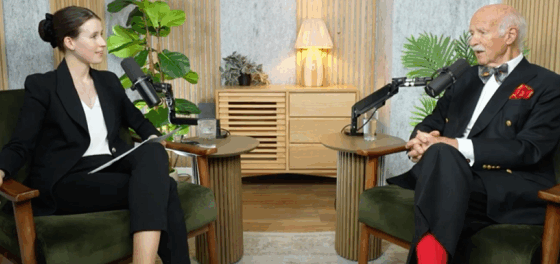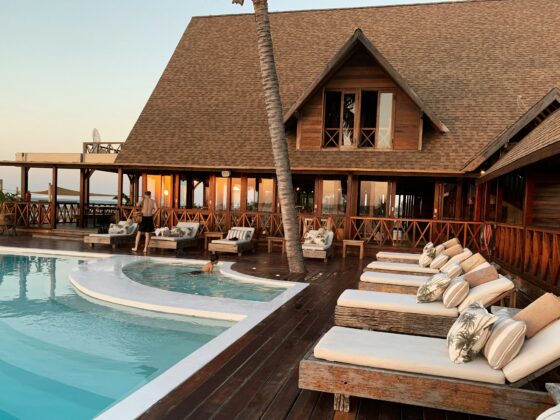Why True Luxury is No Longer About What You Own, But What You Experience
For years, I believed exclusivity in luxury was simple: if everyone could have it, it wasn’t truly luxury.
But as I’ve worked with luxury brands and observed the industry shift, I’ve realised exclusivity is evolving.
Today, the most powerful luxury brands don’t just limit access—they curate it. They know that exclusivity isn’t about keeping people out; it’s about carefully selecting who gets in.
Let’s explore how top luxury brands are redefining exclusivity, moving beyond scarcity of products to curated access, immersive experiences, and personalisation.
1. From Ownership to Experience
Once upon a time, exclusivity in luxury meant owning something few could afford. A Hermès Birkin, a Patek Philippe watch, or a Rolls-Royce signified status.
But today, exclusivity is shifting from objects to experiences.
When Sotheby’s relocated to Rue du Faubourg Saint-Honoré in Paris, it wasn’t just about a new space—it was about immersing clients in art, fine dining, and community-driven experiences. The move signaled a new kind of exclusivity: one based on cultural belonging rather than mere purchasing power.
Luxury fashion houses are following suit. Louis Vuitton, Gucci, and Dior now offer invitation-only runway shows, private styling sessions, and access to ultra-limited capsule collections.
The message? Owning a product is no longer enough. To be truly exclusive, you must be part of the brand’s world.
Luxury today is about access to rare moments, not just rare products.
2. Scarcity as a Strategy, Not a Supply Issue
Hermès has long mastered the art of perceived scarcity—a Birkin isn’t rare because there are few of them, but because access is carefully controlled.
Luxury brands outside of fashion are adopting the same strategy:
-
Ferrari limits production to maintain its mystique, even as demand soars.
-
Patek Philippe discourages resale, making it almost impossible to get a watch without an established purchase history.
-
Matrone Champagne will be available only at 100 of the world’s finest restaurants, ensuring that access aligns with the brands values.
This shift isn’t about limiting supply—it’s about curating demand.
The best luxury brands don’t just create desire; they control access to it.
3. The Rise of Private Memberships
Memberships have become the new exclusivity currency.
-
Cartier’s High Jewellery Collectors Club offers first access to rare pieces and bespoke creations.
-
La Société by Maison la Matrone (launching soon) will provide privileged access to its fine champagne allocations and collectables.
-
Forbes House Madrid is redefining luxury hospitality with a private members’ club for global entrepreneurs and cultural leaders.
What makes these memberships special isn’t just the benefits—it’s the fact that it is curated.
Luxury brands are realising that true exclusivity isn’t just about high price points—it’s about cultural alignment, personal connection, and access that feels earned.
Belonging is the new luxury.
Exclusivity in luxury isn’t disappearing—it’s evolving.
The brands that thrive in this new landscape will be those that understand that luxury isn’t about locking people out, but carefully selecting who gets in.
True luxury is about curated access, controlled scarcity, and experiences that can’t be replicated.
What’s your take? Do you think luxury brands should focus more on exclusivity or accessibility?








